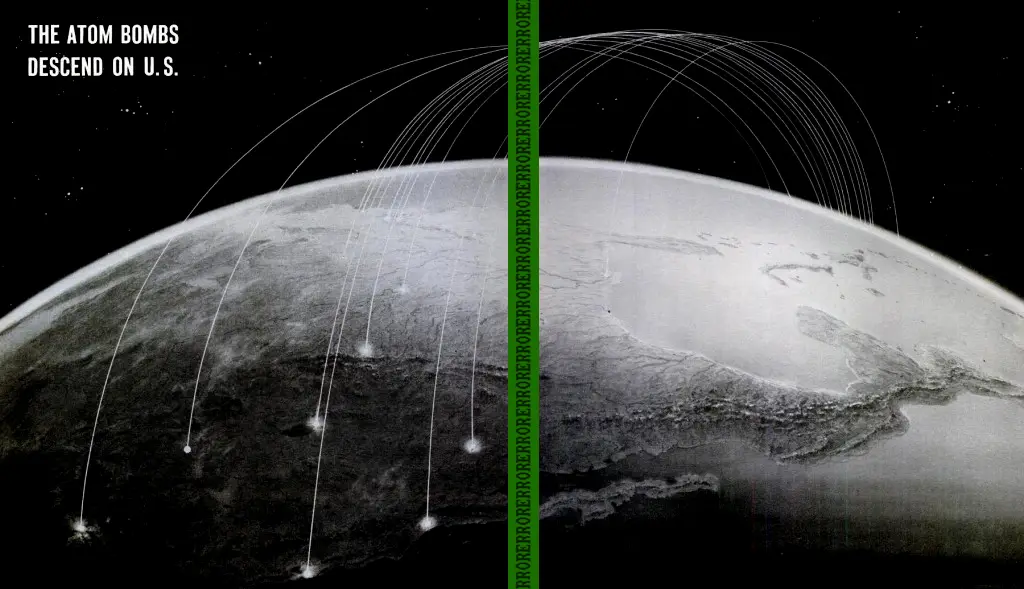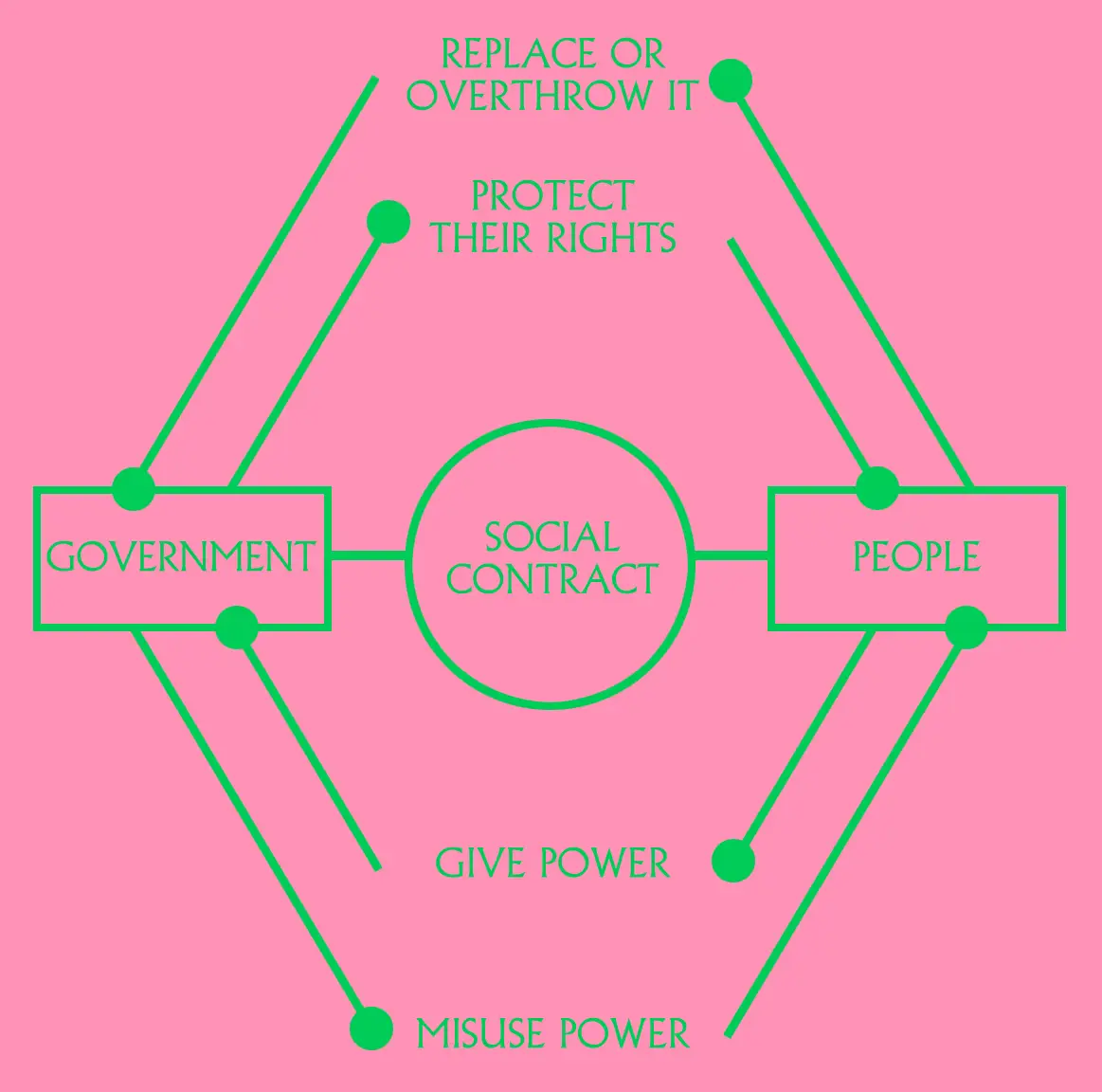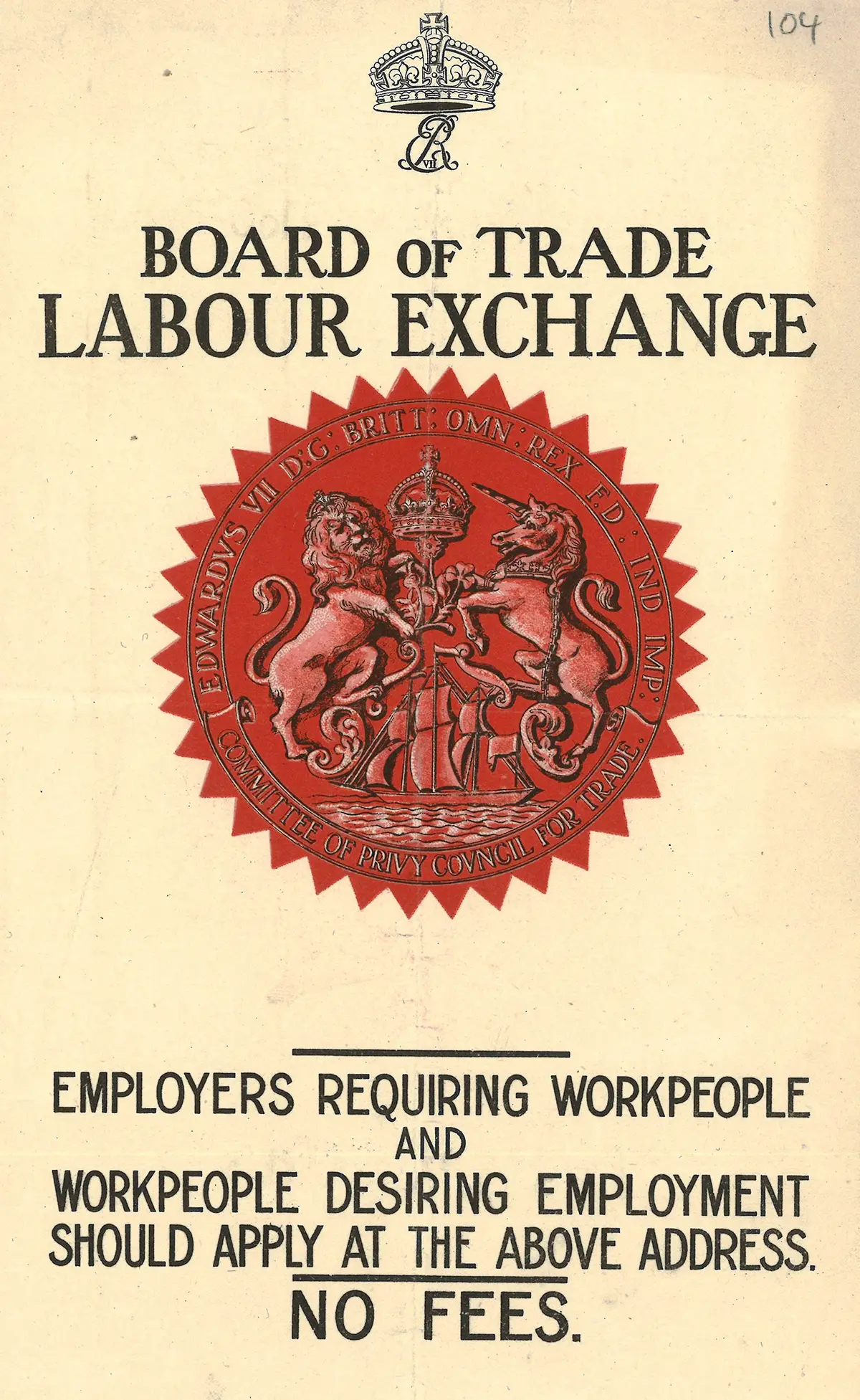Hume's Fork
Hume divides all objects of human reason into two different kinds: Relation of Ideas & Matters of Fact. Hume divides all propositions into one of another of these two categories. This division into two is Hume's fork.
WHAT IS HUME’S FORK?
Certainty does not exist in science.
I. Introduction:
A. Hume divides all objects of human reason into two different kinds: Relation of Ideas & Matters of Fact. Hume divides all propositions into one of another of these two categories. This division into two is Hume's fork. Let’s further explore what these two categories are, offer examples, and describe them before we consider the consequences of and responses to Hume’s Fork. In the process we will also consider the problem of induction.
B. “Hume’s Fork” may be located in David Hume’s, An Enquiry Concerning Human Understanding, Page 25-26, Section IV, Part I, Paragraphs 20-21, 2nd ed., ed. L.A. SelbyBigge (Oxford: Oxford University Press, 1902).
C. Most often cited passage:
All the objects of human reason or enquiry may naturally be divided into two kinds, to wit, Relations of Ideas, and Matters of fact. Of the first kind are the sciences of Geometry, Algebra, and Arithmetic ... [which are] discoverable by the mere operation of thought ... Matters of fact, which are the second object of human reason, are not ascertained in the same manner; nor is our evidence of their truth, however great, of a like nature with the foregoing.
II. Relation of Ideas:
A. Definition of Relation of Ideas: “Relation of Ideas,” first objects of reason, are propositions whose truth can be known by simply inspecting the ideas to see if the asserted relation holds. They are truths that are true because of the meanings of & the logical relationships between the ideas Thus, they are true or false a priori. Another way to think about it is that if such a proposition is true, then to deny it involves a contradiction. Examples are found, for example, in mathematics (geometry, algebra, & arithmetic). In fact, mathematical proofs are performed in precisely this way: The opposite of what is to be proved is assumed, and a contradiction is generated.
B. Examples of Relation of Ideas:
-
A square has four sides: It is a proposition whose we can determine just by understanding what “square and four sides mean.” Said differently, if we were to say, A square does not have four sides contradicts the meaning of a square.
-
Three angles are equal to two right angles. To say that three angles do not equal to two right angles contradicts the meaning of three, two, and right.
-
1 + 1 = 2 is a relation of ideas. To say that one plus one does not equal two contradicts the meaning of one, two, and addition.
-
One example of a proposition that is not mathematical but whose truth can be known by simply inspecting the ideas to see if the asserted relation holds is: “All bachelors are unmarried.”
C. Observations about Relation of ideas:
-
Such relations among ideas are necessary: they are necessary truths.
-
They are either intuitively or demonstratively certain.
-
They do not depend on anything existent in the universe. For example, if there were never a circle in nature, the truths demonstrated by the Euclid would for ever retain their certainty and evidence.
-
But they do not tell us anything about the world. For example, while we may know that the certainty that the square on the right side of a triangle which subtends the right angle is equal to the squares on the other two sides, this does not tell us if there are any right triangles in the world.
-
In sum, “Relations of Ideas” are statements about ideas - these are analytic, necessary statements that are knowable a priori. In modern terms we may call the analytic propositions (following Kant, Critique of Pure Reason, section IV). Relations of ideas are knowable by logical reasoning, but they give us no information what exists or about how the things that exist behave. So, Hume agrees with the rationalists that there are certain, demonstrable truths. But we find out in his writings is that he differed with them regarding their importance. He believed that “Relations of Ideas” were empty, devoid of information about matters of fact and existence.
III. Matters of Fact:
A. Definition of Matters of Fact: Matters of fact, the second object of human reason, Matters of Fact: These truths are true because they correspond to a direct sense experience. Each matter of fact is contingent; its negation is distinctly conceivable and represents a possibility. Stated differently, they are propositions whose truth can only be known by experience-by making an inspection of the world to see if they are true or false.
B. Examples of Matters of Fact:
-
“Today is Saturday.”
-
“The book is heavy.”
-
“Heavy objects fall when they are dropped.”
C. Observations about Matters of Fact.
-
You can not determine whether these statements are true simply by inspecting the meaning of the terms. Rather, you have to check: You have to examine the objects by performing experiments.
-
Matters of fact are true or false a posteriori.
-
The contrary of every matter of fact is still possible, because it can never imply a contradiction, and is conceived by the mind with the same faculty and distinctness, as if ever so conformable to reality.
-
The propositions may be true, but it is possible that they could have been false.
-
There is no contradiction involved in denying a true matter of fact (unlike the relations of ideas).
-
In sum, “matters of fact” are statements about the world; they are synthetic, contingent, and knowable a posteriori. The upshot about “matters of fact” is well stated by W. T. Jones:
All our knowledge of what, popularly speaking, is called ‘objects’…is merely knowledge of spatiotemporal relations among simple ideas or impressions (plus an act of the imagination). The same is true of our alleged knowledge of the self: It amounts to no more than a knowledge of the temporal relations among psychic states. This kind of knowledge Hume called ‘knowledge of matters of fact.’ We can only know that, as a matter of fact, such-and-such a datum is followed by such-and-such a datum, is above it, or is below it. We can never know that it must be so; for every fact could always be otherwise. Its ‘contrary…is still possible; because it can never imply a contradiction…. That the sun will not rise tomorrow is no less intelligible a proposition, and implies no more contradiction than the affirmation, that it will rise. We should in vain, therefore, attempt to demonstrate its falsehood.”
IV. Consequences:
A. Let’s consider some historical relationships and then move to the Induction Problem:
-
It is interesting to consider that the kinds of truth-claims that Descartes doubted in Meditations 1 were “relations of ideas” by introducing the evil deceiver argument. If you recall, Descartes used the evil deceiver argument to cast down even our thought process; our understanding of mathematical knowledge can be deceived.
-
Moreover, Descartes ultimately argued for the idea that all real knowledge consists of relations of ideas, including knowledge of the material world. Knowledge of the material world is causal knowledge-it is about why things happen the way they do. Thus, Descartes believed that physics would ultimately turn out to be like, geometry, an a priori science.
-
In contrast, what Hume seeks to show is that science is not a priori. In fact, our knowledge of causal laws is not very certain at all. He argues that the idea of a necessary cause and effect is never certain; we could always be wrong. Consider his argument against cause and effect:
a. He argues that our reasonings concerning causes and effect are never certain and could always be wrong; they are not a priori truths (not relations of ideas) because we can never discover cause and effects by employing reason alone. Even though we are so used to seeing objects behave in certain kind of ways, we think we could have known how they would behave without ever sensing their behavior. But that is simply not the case because when we are presented with new objects or circumstances, we do not really know what to expect.
b. Causal reasoning is not demonstrative. It is not demonstrative reasoning that makes us think causal relations will hold in the future. Consider this example:
-
P1: Whenever I have drank a soy triple shot latte (no foam) I have been physically stimulated;
-
Conclusion: When I drink a soy triple shot latte (no foam) I will be physically stimulated.
c. This is false reasoning because the conclusion is not necessarily true: it is only probable for someone could slip in a sleeping pill. In demonstrative reasoning, the conclusion is somehow contained in the premise-it does not tell us anything new. But the conclusion in my reasoning about the latte does tell me something, something that is not contained in the premise.
d. But we might try to improve the argument by adding an additional premise:
1 P1: Whenever I have drank a soy triple shot latte (no foam) I have been physically stimulated;
-
P2: The future will resemble the past.
-
Conclusion: When I drink a soy triple shot latte (no foam) I will be physically stimulated.
e. But premise 2 begs the question and even though it could be true, the conclusion could still be false.
f. There is no way of proving anything about the future, for we can’t be certain that the causal relations that seem to have held in the past will continue to hold. Like all other matters of fact, they could turn out to be false in the future, without contradiction.
- The above problem is called the Problem of Induction. Consider this explanation below:
This is an important problem for scientists, and Hume was the first to give it a clear articulation. If you consider how science proceeds, it will be clear why it has this problem. Science proceeds through experiment. Experiments provide evidence for hypotheses, and scientists test hypotheses with experiments. But when has a scientists conducted enough experiments to know that a hypothesis is right? There is always the possibility that the next experiment will not conform to the hypothesis. Indeed, a scientist can never prove that a hypothesis is true. Rather than deduce that particular events will happen from general principles and innate ideas, scientists induce general hypotheses from particular events. But no matter how many particular events are observed, an induction will never be certain.
- Hume’s problem of induction poses a problem for both rationalists and empiricists.
a. For rationalists Descartes and Leibniz it is a problem because he has argued that scientific knowledge is not the same as mathematical knowledge. Relations of Ideas are not demonstrably certain but proceed from observation. Reason is not the faculty by which we have knowledge of the laws of nature.
b. For empiricists like Locke are faced with the problem that the generalizations we form can never be certain. The future may not resemble the past. So, we can never, ever be certain when we say we knowing something (or anything) about the future. Such knowledge
requires certainty.
-
The problem of induction leads us to skepticism for we have knowing future matters of fact even though we have a faculty for knowing a priori truths (reason) and we have faculties for knowing the past and for knowing present matters of fact (memory and sense perception).
-
Why do we think that the future will resemble the past? Hume’s response is custom or habit (repeated occurrence).
a. If it were causal reasoning were truly a product of reason, then they should occur after only one experience. But the contrary is true: We need much experience before we are confident of our expectations. Thus, it can’t be reasoning that leads us to conclusions about future matters of fact. Hume writes:
Custom, then, is the great guide of human life. It is that principle alone, which renders our experience useful to us, and makes us expect, for the future, a similar train of events with those which have appeared in the past. Without the influence of custom, we should be entirely ignorant of every matter of fact, beyond what is immediately present to the memory and the senses.
b. Therefore, custom, not reason, gives us the expectation that the future will be like the past. Reason is not the operative faculty is our beliefs about the future, contrary to what Descartes and some other rationalists thought.
-
Therefore, our belief in necessary cause-and-effect relationships between events is not grounded on reason, but rather arises by habit or custom.
-
Whereas relation of ideas can only prove other relations of ideas, thus nothing outside of how they relate to each other, the implication is that “relations of ideas” do not have any explanatory power about the real world. Moreover, since relations of ideas do not possess any formal reality (because the truth of the statements are based upon the definitions of the words involved, not on actual things in the world, there is no such thing as a “true triangle.” Therefore, the relations of ideas can’t be used to prove “matters of fact.”
B. It is impossible to prove something about the world with certainty whether we look at “relations of ideas” or “matters of fact.”
C. It is useless to prove God’s existence. He doesn’t qualify for the “matter of fact” in view of empirical sense data position and if God qualifies for “relations of ideas” position, then the statement “God exists,” doesn’t offer explanatory power about the world because the definition inheres in itself.
D. Perhaps the most important consequence that arose from Hume’s Fork, is Immanuel Kant. Kant famously defended the argument of synthetic a priori propositions.
E. But we also can’t forget the famous paper by W. V. O. Quine: Two Dogmas of Empiricism whereby he argued against the Hume’s Fork.





